 (Read Part One here)
(Read Part One here)
There are some basic principles and standards an author should look for in a company offering self-publishing services. In my previous article on Types of Self Publishing – Peeling Away the Layers, I explained how many terms can be used to describe these companies, but here are some of the things you should be looking for. You may not find a company that matches all these standards, in fact I think it would be unlikely, but it will go a long way to helping an author find a strong reputable company which best matches their needs. Consider the following standards which I believe all of the self-publishing companies should adhere to. But remember; a company matching one or two of the below standards do not necessarily mean they will prove to be reputable and provide a strong value for money service. The more boxes they tick for you as any author—the more chance you have of hitting the bulls-eye.
1. Communication
It seems that communication between self-publishing companies is predominantly defined and driven by email as the primary link between author and publisher. There are a few who use telephone contact; others who will use it once a ‘bond of interest’ has been established between parties. You should avoid the companies who positively advise against you using phone contact as a means of business or have no phone number listed on their websites. Some companies have set up specific numbers to ring for first-time authors with general queries. I applaud these companies. So much can be addressed more easily from one human to another. While I can understand traditional publishers using the mediums of agent and email as their primary source of communication due to submission volumes, I cannot comprehend the practice with self-publishing companies who only use email as a point of contact. We authors are paying them for a service! If my pipes at home start leaking, would I put up with my local plumber only doing email! Good, clear, concise and mannerly communication is the core of any service industry, for that is precisely what we are talking about here.
2. Distribution
Never have I seen the above term used in such a wishy-washy, downright deceptive and deliberately misleading way as some self-publishing companies. No POD (print on demand) book exists anywhere in the world until the first order is placed for it and the request is sent to Lightning Source, Booksurge, or whoever the digital printer is, and they dispatch the book directly to where it is meant to be going. “Available” does not mean “in stock” or “I exist” on Amazon or even on your self-publisher’s bookstore website.
A few do participate in Amazon’s Advantage program, which means Amazon holds a few copies on standby to immediately ship. A few companies may also operate some form of in-house system where they also hold a small amount of copies. As an example, Infinity Publishing has in-house digital print machines. But somewhere along the line, you can be sure the publisher has built this into the costs in their service packages charged to the author.
For the most part, having a book “available” means the printer’s got the files – we’ll get that book to the customer…eventually! It may be as little as three days, or it may be anything up to 12 days. If Confucius ran a self-publishers, we would all be saying, “I’m available in 25,000 online sellers – therefore I must be a physical book on a shelf somewhere!”
3. PDF Files
In using a self-publishing company, an author pays for a service, anything which physically results from that service, the book layout internally and the cover files (PDF files) should, by right, belong to the author who pays for the service. In theory, a self-publisher should only be left with their copy of the publishing contract when the book set-up service has been executed and any additional services like ARC (Advance Review Copies) and media release packs are sent out. I applaud the few self-publishers who happily hand over all print files when the author/publisher terminates, or the contract reaches its period of cover. The sad fact is that this remains a moot point with them and most are reluctant to part with these files. If you can find a publisher who has this specific handover of PDF files to the author at some point as a contract term; you may be on to a real winner.
4. Contracts
When it comes to self-publishing, only sign a non-exclusive contract. You then retain all other rights and ensure there is some form of contract release by written consent of not more than 90 days whereby the publisher has to remove your book from their database for availability and sale. Both parties who sign a contract should be fully aware that a signed contract is a legally binding document. Both parties must fulfil their agreed assignments outlined to the best of their abilities and most importantly be aware what is, and, what is not expected. Any area not clear to the author should be addressed to the publisher and revised or changes initialled on the contract. Subsequent shortfalls by either party should be either re-negotiated or the lesser party be compensated. Make sure all agreements of what the publisher should be providing is mentioned in the contract, from royalties, marketing materials, press mails-outs (how many and to where), author copies etc. Be very wary of publishers who do not make their general contract available on their website, or worse, do not operate their service with a signed contract. You can bet they won’t forget to get you to sign the cheque or bank payment mandate!
5. Marketing
The self-publisher’s philosophy dictates that the author not only knows best how to sell himself and his book, but, sometimes, the publisher has neither the understanding nor the where-with-all to actually carry out the tasks of marketing both author and book. This can be particularly obvious to authors when they try to sell and market their own books in their locale. With some self-publisher’s marketing services, it is like going down to Quickprint and getting your latest college thesis copied a few times, and then asking the guy at the photocopier to sell your thesis to your college professor for your next PHD exam submission? I applaud the self-publisher’s who develop a relationship with their authors to the point where they understand them enough to actually even attempt to aid and help them market their own book. And, believe it or not, there are a few! Beware of publishers who offer marketing services as part of their standard packages. Often these ‘marketing packages’ can cost several hundred dollars and are simply a DIY kit of templates sent to the authors. Templates like these can be purchased on writer resource sites for a few dollars or even for free! Know exactly what you are getting, and anything the publisher sends out to promote your book—where and who it is going to. Self-publishers with some form of marketing savvy will at least ask an author to supply some form of contact list.
6. Publisher’s Own Websites
This is still another area that astonishes me. This is the self-publisher’s open doorway. This should be about the candle in the window, a lick of fresh paint every few years, a few books here or there, preferably on their main page, after all, they are meant to be trying to sell your books, not just their services. Yet, it’s sometimes the area of a publisher’s business which is the weakest. I have seen it all, bad links, gaudy colours, grammatical mistakes on their welcome page! Not a friggin’ book in sight! No updates on the site for months on end, doesn’t anything change in some self-publisher’s world? What the hell are you guys trying to say to any perspective authors? It’s no wonder the traditional publishing world turns their noses up at all of you. Go have a look at Random House, Faber & Faber, Harpercollins, Bloomsbury, Penguin…You may at least learn how to present a professional image! If a publisher can’t set up a well-presented webpage, then chances are your book won’t turn out much better.
7. Editing As Part of Publishing Package
Ascertain specifics about what kind of editing is promised by a self-publisher. At worst, the manuscript is taken and printed as it is presented to the publisher, at best, some proofreading is done, but in-depth editing to bring a manuscript up to publication standard is going to require a skilled editor many hours. Most self-publishers don’t carry out this type of editing, even if it is suggested in a service package blurb. In-depth editing can cost anything from $1000 to $3000 dollars at current rates for the average 200-300 page book.
8. Costs of Publishing
How long is a piece of string? It would be perfect if the amount paid was a reflection of value for service. The fact is—it’s not. Some companies charging a few hundred dollars are excellent value for money. Others charge over a thousand dollars and can still be good value for your bucks. It all depends on what you want and what you are actually getting. Avoid publishers who insist on up-selling you add-ons you don’t really want. I came across an Irish self-publisher who charged nearly $2000 for their package. It seemed exorbitant, yet, when I dug around a bit, I discovered the author got 100 free copies, they had a strong marketing package and actual distribution into some stores. I recognised two of their titles and found several more titles on the shelves in local bookstores. These are the kind of things which make looking at cost relative to value for money.
If you are like Aunt Maple and you just want your cookbook for family and friends, then clearly, this is not value for money. Beware of publishers who add heavy profit margins to services like author copies (it costs about $4 to print an average text only POD book of 200 pages). If your publisher is charging you much more, then they are making a profit on your back. Similar profit top-ups are made on ISBN’s, LCCN’s, book database listings. Royalty figures are often quoted as 50 – 80 percent, seeming extraordinarily generous, but they are not because they are calculated after the publisher, wholesaler and printer have all taken their profit cuts. It is deliberate muddled maths, marketed by the publisher to confuse. In the end, maths is maths, and half or even 100% of nothing will always be nothing! So do your homework. Get your publisher to break down the individual cost of their packages. If they are unwilling to do this; they are either hiding something or not worth the trouble. Shop around and move on to the next one.
The publishing world is a business (Self or Traditional), and in all areas of business, there has to be a basic professionalism, a standard to answer to, and fair play for all, publisher as well as author. While an author might expect much of a publisher, the author must always be informed and not fall upon the sword of ignorance or naivety. Any self-publisher shown in anything but a fair and descent light is not good for them or the self-publishing business as a whole and can only help to perpetrate and increase the stigma the industry has, but is now starting to show signs of escaping. We all have a right of reply, to be shown in a fair light, criticism accepted, but with balance. In running a business or offering a service, we also have a duty and obligation to strive for the highest standard we can in whatever field we choose to ply our service or trade.
We are quickly approaching a time where we need some form of self-publishing Charter that all self publishers must sign to protect themselves and their authors. Some of the standards above should, I believe, form part of that Charter.
Get an Editorial Review | Get Amazon Sales & Reviews | Get Edited | Publish Your Book | Enter the SPR Book Awards | Other Marketing Services





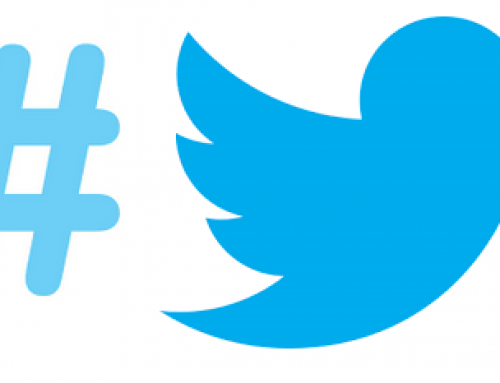

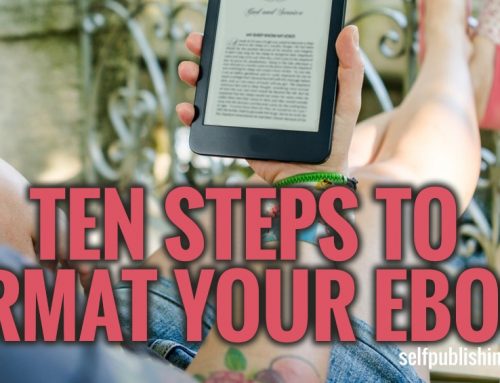

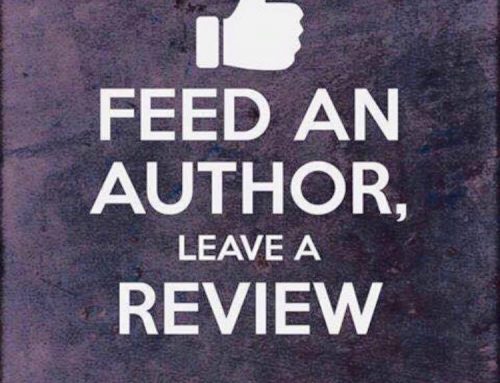


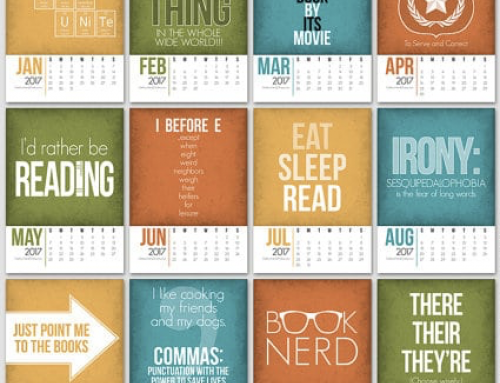

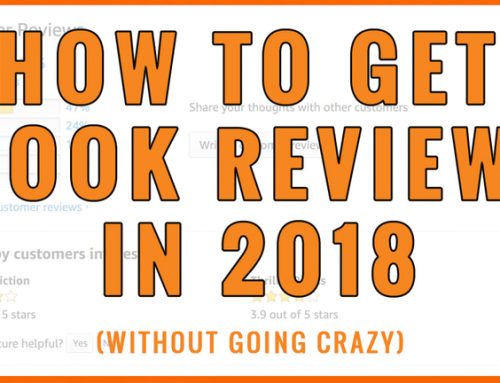
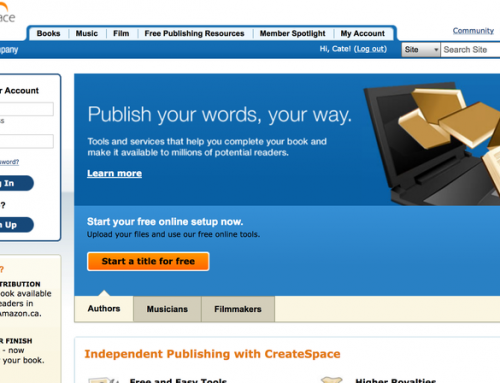
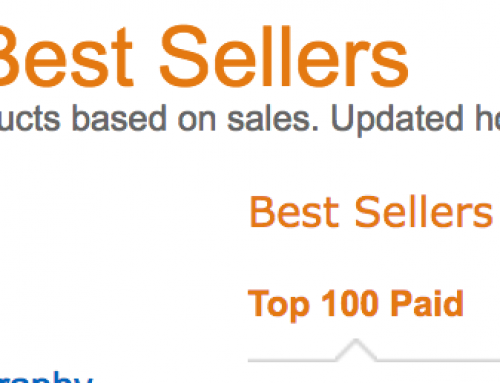
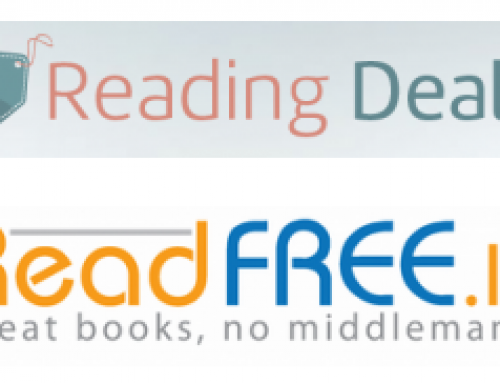

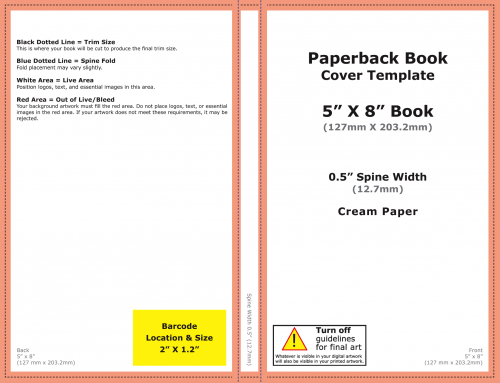
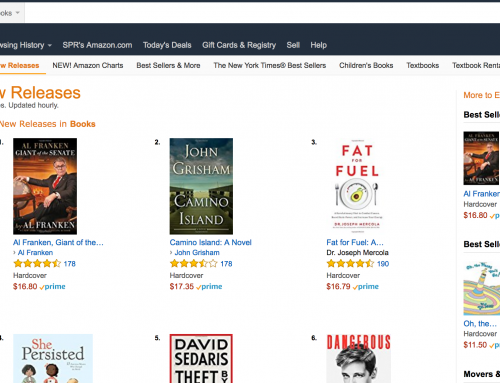
Just wanted to say thanks for these posts – very enlightening and very helpful. Until we have that charter we will have to reply on people communicating with each other like this – surely in the age of the internet we can expose dodgy dealings more readily than ever before?
I am a 75 year old experienced business man who has been running his own businesses successfylly since 1957. I found the article very informative and I thank the writer. I am a first time author, (although I did piblish the continuaiton of the Federalist papers which I wrote on my own website as a pro bono public gesture to help stop lawyers from destroying the country). I would apprecite a list of legitimate self publishers. Is that possible, Thanks
Mick, this material is fantastic! My head is nearly spinning from the number of vanity/subsidy presses I’ve looked into–sometimes even getting rather impressed–and then reading bad press or BBB reports about customer complaints, dishonored contracts, etc. I admit that I still lean toward the “self-publishing” model (compared to traditional), but I am wary to toss my first novel to just anyone willing to make a buck. I am excited to see my book in print, yes, but don’t want to spend good money for crap and have the contractual headaches that follow. I wish more authors AND self-publishers would read your material and heed the warnings to both parties. In the ideal world, it would allow for more competent, honest self-publishers and wiser authors. Thanks again for such a well-rounded perspective.
Mark,
Thanks for your kind words and support. Your comments are similar to a lot of feedback I get to the website – that authors wish they had discovered the website before they comitted to an author solutions service.
It’s also what prompted me to write ‘To Self-Publish or Not to Self-Publish’.
Thanks again,
Mick Rooney
I actually just purchased your book a couple days ago (still waiting on the post). I look forward to seeing what you’ve included in there. I guess my remaining questions about traditional publishing are as follows:
1. What is an appropriate waiting/response time (after manuscript submission) before giving up on a traditional publisher or at least moving on to another?
2. If your book doesn’t sell well with a traditional publisher, not only do they retain all the rights to your book, they have also lost money on you (depending on the advance, I suppose). Doesn’t that latter aspect sort of put a “scarlet letter” on you as an author? Won’t other publishing houses consider that if you submit another book to them down the road?
3. If you go with a traditional publisher and the book doesn’t sell well in the first run, how in the future could you access more copies of your book if you wanted some for anything? At least with subsidy/self-publishing, you typically have the original files (at least at termination of contract) to use again should the need arise.
4. Since traditional publishers more or less reserve the right to use whatever cover art they wish, change your title, choose the retail pride and trade discount, etc., do they at least notify you and work with you in advance or has a contract already been signed at that point, giving them full license to change things?
I ask all of these things since I have been leaning more and more toward a subsidy or partnership publisher for my first novel. However, I don’t want to leap into those kinds of decisions without having a balanced understanding of the traditional publishing process. I have looked into it pretty well, but hearing from seasoned folks–especially those who have done more in-depth research with that focus–certainly adds to my arsenal of knowledge.
Thank you for your help, Mick.